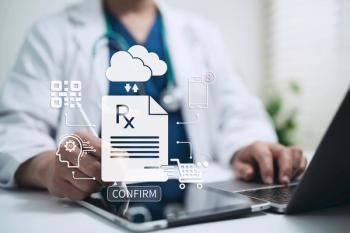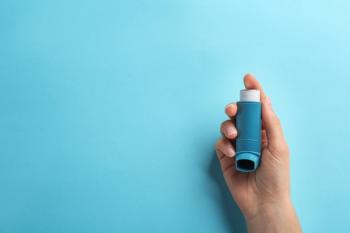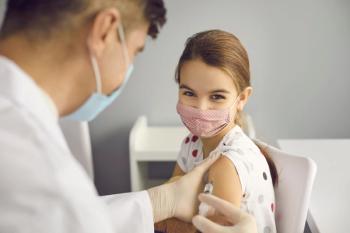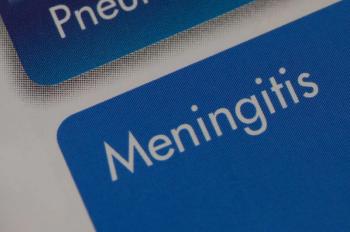
My campaign to promote poison prevention awareness in the community
Since pharmacists dispense potentially harmful medications, it is critical that we also impart information about poison control.
Lauren StevensMy pharmacy rotation happened to fall in March, which is National Poison Prevention Month. Consequently, I decided to develop my community service project around poison prevention. Since pharmacists dispense potentially harmful medications, it is critical that we also impart information about poison control.
Poison prevention in children is an important public health topic that pharmacists need to address. The statistics behind accidental poisoning in children are alarming. In the United States, accidental poisoning sends one out of every 151 two-year-olds to the emergency department (ED) every year.1 Over-the-counter medications are the cause of approximately one-third of ED visits made by children under the age of 12.1
Unfortunately, the rate of accidental poisoning is increasing, with a 160% increase between 1999 and 2009.2 Since nearly half the 2.4 million calls made each year to the Poison Control Center hotline concern children five years of age and younger,3 I wanted to target my poison prevention project to this age group.
Preschool presentation
I started by visiting my daughter’s preschool, where I gave a short presentation, aided by props, to teach the children “What is a poison?” Their ability to grasp this seemingly abstract topic surprised me. It seemed clear that they understood what I was trying to teach them.
Ultimately, however, it is the parent’s responsibility to ensure that the home is safe, especially in light of the fact that nine out of 10 accidental poisonings occur in the home.4 As an aid to parents, I created packets with educational materials acquired from the Poison Control Center, the Centers for Disease Control and Prevention (CDC), and the Consumer Product Safety Commission, which I ordered online.
My materials included a letter to parents, a poison lookout checklist, a book of activities and games designed to teach children about poisons, and stickers and magnets displaying the emergency telephone number for the Poison Control Center (800-222-1222).
After my first presentation, I wanted to reach out to more children with my poison prevention campaign, so I contacted the Chief of Pediatrics at the local hospital and asked permission to display educational brochures in the waiting room and exam rooms. I found that school directors and healthcare professionals were happy to help spread this important message, and it was easy to facilitate the process by ordering the supplies for them.
Spread the word
Pharmacists can improve outcomes by promoting safe storage of medications beyond the reach of children, proper disposal of unused medications, and availability of stickers and magnets with the Poison Control Center number. In addition, if there are teenagers or guests in the house, it is important to prevent drug-seeking behavior by keeping medications with potential for abuse locked in a safe storage container.
This topic is close to my heart, since I am the mother of two young children as well as a student of pharmacy and public health. Spreading this important message to children and their parents took a small effort on my part, but I believe I had an impact on building awareness in my local community.
It is possible to make a difference. I encourage students, pharmacists, and other healthcare professionals to promote awareness of poison prevention in the community. I would be pleased to share my presentation with anyone who would like a copy.
References
1. Centers for Disease Control and Prevention. PROTECT Initiative.
2. Centers for Disease Control and Prevention. Poison Prevention.
3. American Association of Poison Control Centers.
4. United States Consumer Product Safety Commission.
Lauren Stevensis a PharmD/MPH Candidate at the College of Pharmacy, Touro University, Vallejo, Calif. Contact her at
Newsletter
Pharmacy practice is always changing. Stay ahead of the curve with the Drug Topics newsletter and get the latest drug information, industry trends, and patient care tips.






































































































































